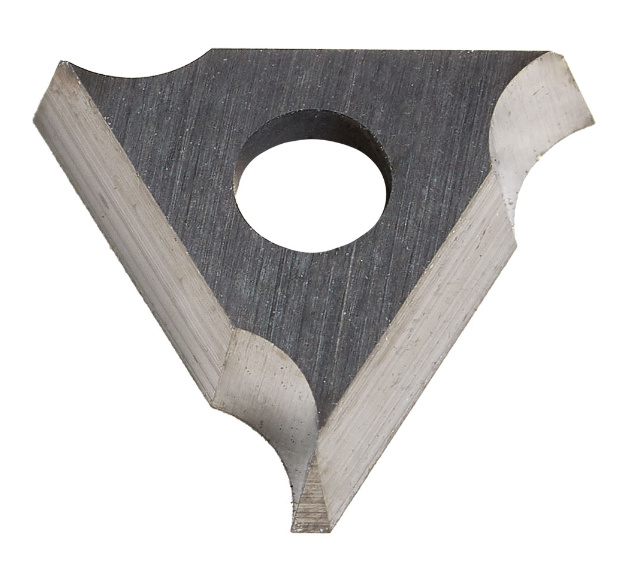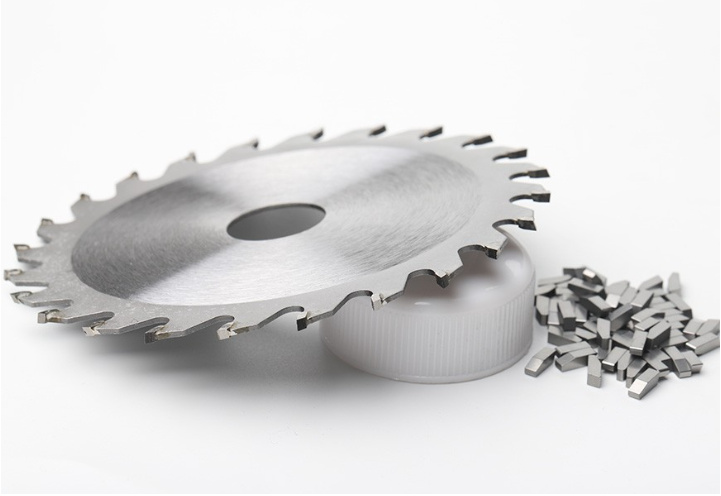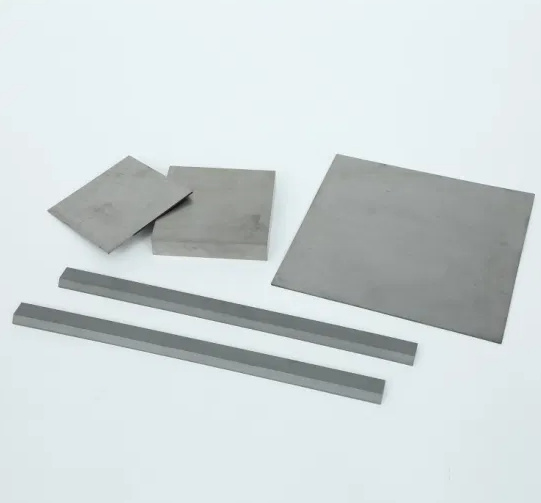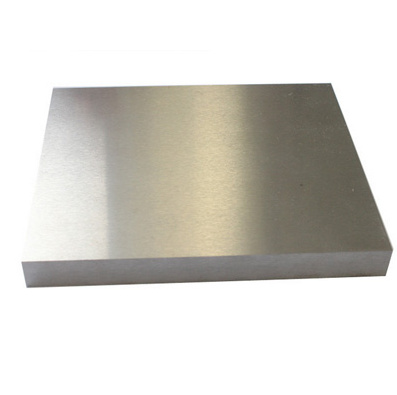The Cutting Edge: How Carbide End Mills Revolutionize Material Removal
Carbide end mills stand as the workhorses of modern manufacturing, enabling precise and efficient material removal across a wide range of industries. From aerospace and automotive to medical and mold making, these versatile cutting tools, tipped with incredibly hard tungsten carbide, deliver exceptional performance, longevity, and cost-effectiveness. This comprehensive guide explores the intricacies of carbide end mills, delving into their construction, applications, advantages, and key factors to consider for optimal results.
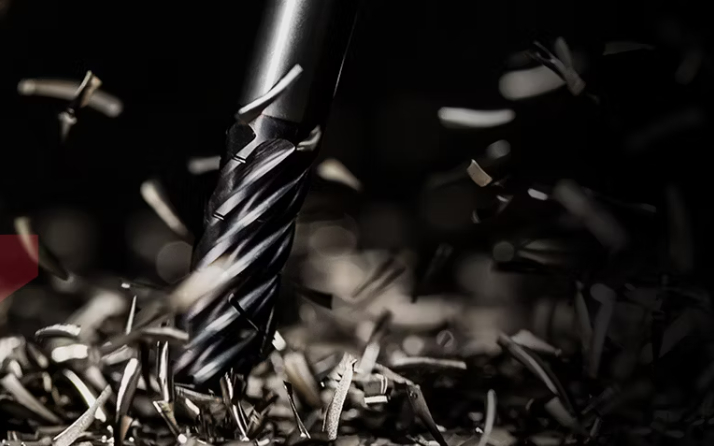
Beyond Steel: Understanding the Anatomy of a Carbide End Mill
Components and Configurations: A Closer Look at Structure
- Cutting Edges: The business end of the tool, featuring multiple flutes (cutting edges) that shear away material. Flutes can be straight, helical, or with complex geometries for specific applications.
- Shank: The cylindrical portion that is held by the tool holder in the milling machine. Common types include Weldon, Whistle Notch, or straight shanks.
- Substrate: While the cutting edges are typically made of tungsten carbide, the tool’s body (substrate) can be made of materials like high-speed steel (HSS), solid carbide, or carbide-tipped HSS for varying combinations of cost and performance.
- Coatings: To further enhance wear resistance, hardness, and lubricity, carbide end mills often feature specialized coatings like Titanium Nitride (TiN), Titanium Carbonitride (TiCN), or Aluminum Titanium Nitride (AlTiN).
Cutting Through the Confusion: Types and Applications of End Mills
From Roughing to Finishing: Choosing the Right Tool for the Job
| End Mill Type | Features | Applications |
|---|---|---|
| Square End Mill | – Flat cutting end, 90-degree corners<br> – Used for creating square shoulders and slots | General purpose milling, slotting, pocketing |
| Ball End Mill | – Hemispherical cutting end<br> – Creates rounded edges and contours | Mold making, die sinking, 3D contouring |
| Corner Radius End Mill | – Rounded corners with a specified radius<br> – Combines features of square and ball end mills | Chamfering, radiusing, blending surfaces |
| Roughing End Mill | – Fewer, deeper flutes for aggressive material removal<br> – Designed for high metal removal rates | Roughing operations, removing large amounts of material quickly |
| Finishing End Mill | – More, shallower flutes for fine surface finishes<br> – Designed for light cuts and precise tolerances | Finishing operations, achieving smooth surfaces and tight tolerances |
Carbide End Mill Market: A Growing Demand for Precision
The global carbide end mill market is experiencing significant growth, driven by:
- Increased Automation: The rise of CNC machining and automation demands high-performance cutting tools.
- Aerospace Expansion: Growing aerospace industries require precision machining of lightweight, high-strength materials.
- Medical Device Miniaturization: The trend towards smaller, more intricate medical devices necessitates micro-machining capabilities.
TRUER: Your Partner in Precision Machining Solutions
Global Leaders in Carbide Cutting Tools: A Comparative Analysis
| Supplier | Location | Price Range (per piece) | Specialties |
|---|---|---|---|
| TRUER | China | $15 – $150+ | Custom-engineered carbide solutions, wide range of coatings and geometries, application-specific expertise |
| Sandvik Coromant | Sweden | $20 – $200+ | High-performance carbide grades, innovative tool designs, focus on sustainability |
| Kennametal | USA | $18 – $180+ | Extensive product portfolio, diverse coating options, industry-specific solutions |
| Iscar | Israel | $16 – $170+ | Advanced geometries for optimized chip evacuation, high-efficiency machining solutions |
Note: Prices are approximate and can vary widely based on end mill size, type, material, coating, quantity, and other factors.
Weighing the Advantages: Benefits and Limitations of Carbide End Mills
Making Informed Machining Decisions: Pros and Cons
| Feature | Advantages | Limitations |
|---|---|---|
| Hardness and Wear Resistance | – Exceptional hardness allows for machining hard materials<br> – High wear resistance provides extended tool life | – Can be brittle, susceptible to chipping or breakage under high impact |
| Cutting Speed and Feed Rates | – Enables significantly higher cutting speeds compared to HSS tools<br> – Increased material removal rates improve productivity | – Requires rigid setups and machines to minimize vibration |
| Precision and Surface Finish | – Capable of achieving tight tolerances and fine surface finishes<br> – Reduces or eliminates the need for secondary finishing operations | – Initial cost can be higher than HSS tools |
Beyond the Cutting Edge: Factors Influencing End Mill Performance
Optimizing Machining Operations: Key Considerations
- Material Compatibility: Selecting the appropriate carbide grade and coating based on the material being machined is crucial for tool life and performance.
- Cutting Parameters: Optimizing cutting speed, feed rate, and depth of cut based on the tool and material properties is essential for efficient and effective machining.
- Coolant Selection: Proper coolant application helps control heat, lubricate the cutting zone, and improve chip evacuation.
- Machine Rigidity: End mills, especially solid carbide versions, perform best on rigid machines with minimal vibration to prevent tool deflection or breakage.
Why Choose TRUER?
- Uncompromising Quality: We source the finest carbide materials and employ rigorous quality control measures throughout the manufacturing process.
- Application Expertise: Our team of engineers provides expert guidance to help you select the optimal end mill for your specific machining needs.
- Customization Capabilities: We offer custom-engineered solutions to meet unique application requirements, including specialized geometries, coatings, and sizes.
- Commitment to Customer Success: We strive to build lasting partnerships with our clients, providing exceptional support and technical assistance.
Frequently Asked Questions: Addressing Your Machining Queries
1. How do I choose the right carbide end mill for my application?
Consider the material being machined, required tolerances, surface finish, desired metal removal rate, and available machine capabilities. Consult with our technical experts for personalized recommendations.
2. What are the typical signs of end mill wear, and how can I maximize tool life?
Signs of wear include increased cutting forces, surface finish degradation, and chip welding. Optimize cutting parameters, ensure proper coolant application, and avoid excessive tool overhang to extend tool life.
3. Can TRUER provide carbide end mills with custom geometries or coatings?
Yes, we specialize in custom-engineered solutions. We can tailor end mill geometries, coatings, and sizes to meet your specific machining requirements.
4. What is the lead time for ordering custom carbide end mills from TRUER?
Lead times vary depending on the complexity of the design, quantity ordered, and current production capacity. Our sales team will provide you with a personalized lead time estimate.
5. Does TRUER offer technical support or consulting services related to carbide end mill selection and optimization?
Absolutely! Our team of experienced engineers is available to provide comprehensive technical support, including material selection guidance, cutting parameter optimization, and troubleshooting assistance.

